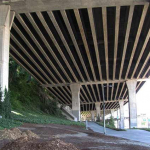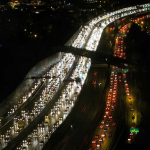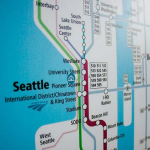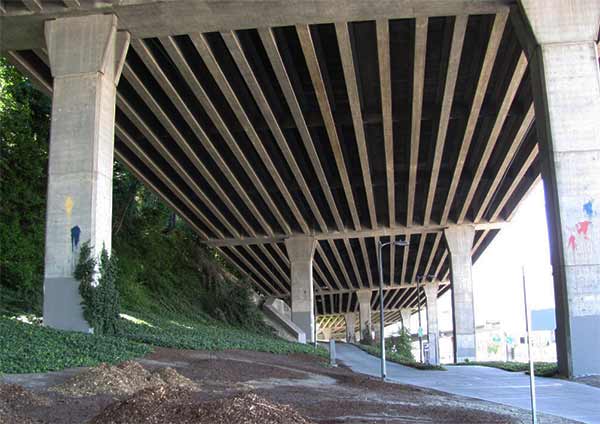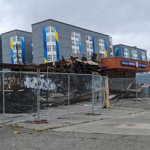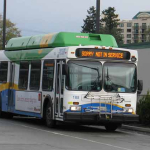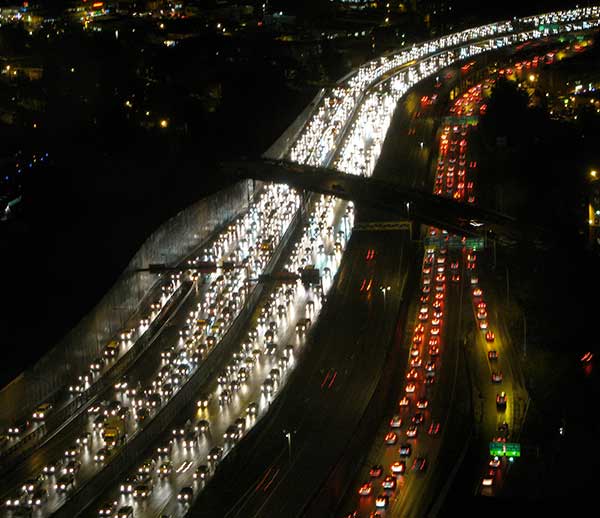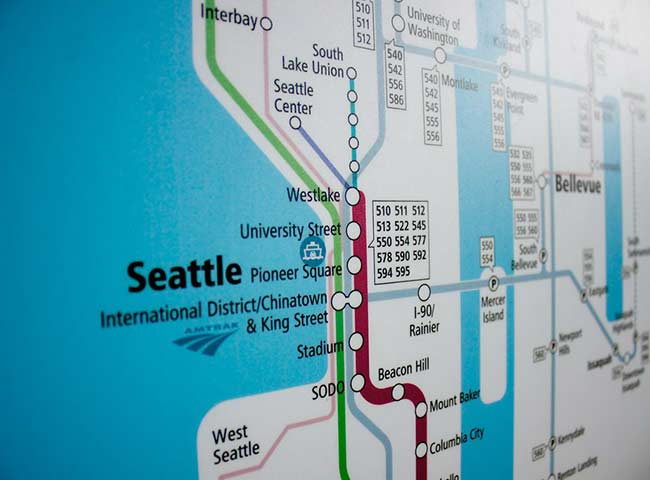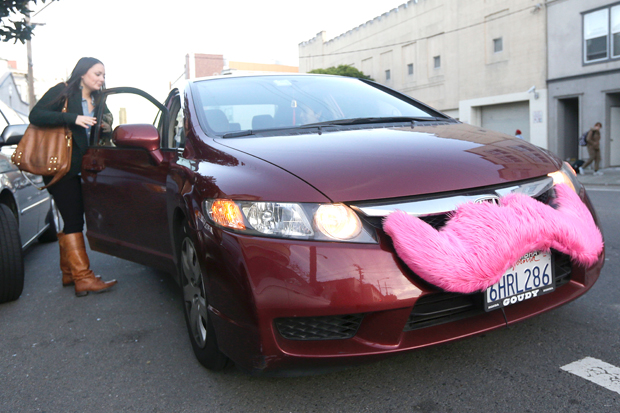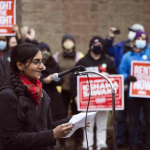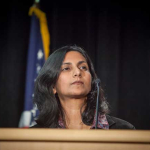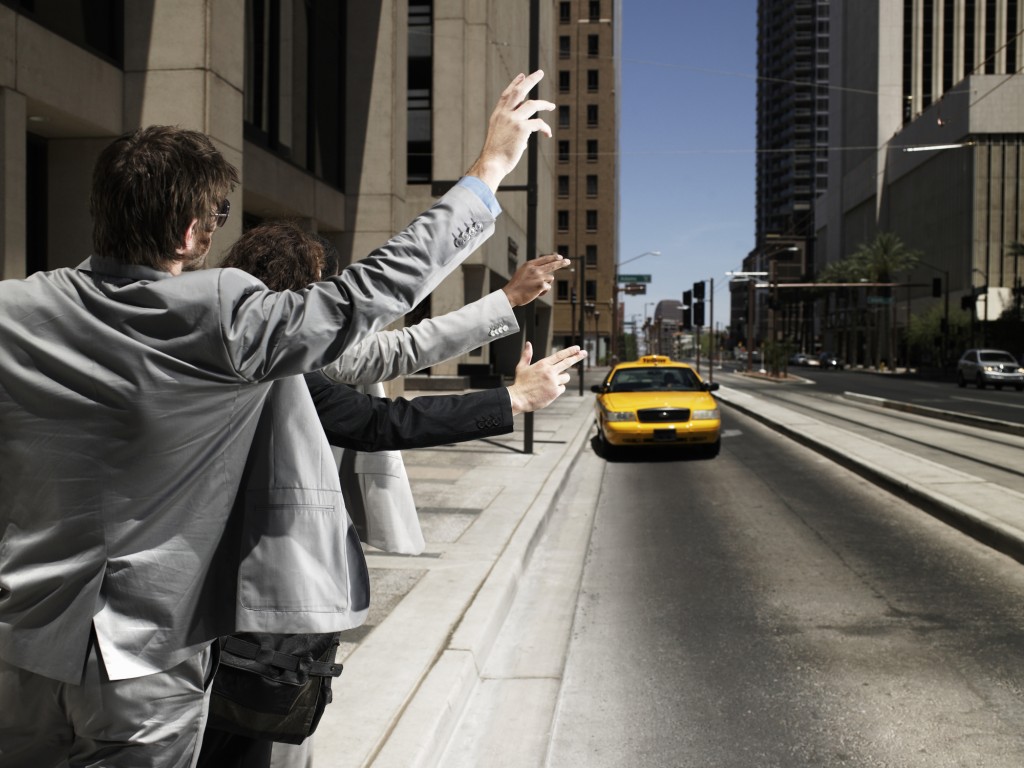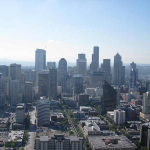Low Income $1 Fare Expanding to Pierce Transit Soon
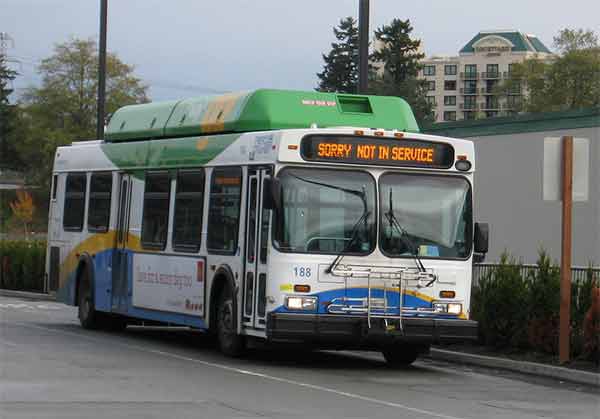
The $1 low-income fare is soon coming to Pierce Transit as well. The Pierce Transit Board of Commissioners recently approved a proposal to finally join Seattle’s ORCA LIFT program for low-income fares. The unanimous vote extended Pierce Transit’s low-income fare services to all areas that use ORCA with the exception of Washington State Ferries. ORCA LIFT fare for Pierce Transit will just be $1.
Other transport companies currently running the program include Sound Transit Services, King County Metro, Everett Transit, Kitsap Transit, Seattle Streetcar, and other intra-county ferries. Pierce Transit plans to start charging the $1 low-income fare starting from April 1, 2023.
The proposal was presented to the board by the senior planner at Pierce Transit, Lanai Tua. According to statistics, 2% of Pierce Transit users are riders who already carry the ORCA LIFT card since they frequently transfer between Sound Transit and Pierce Transit. In a recent poll, 88% of respondents supported PT’s change while just 2% opposed the idea.
Almost 30% of the respondents are already users of the ORCA LIFT program. There was only one public hearing testifier, Laura Svancarek who lives in Downtown-On-The-Go. She fully supported Pierce Transit’s decision to join the ORCA low-income fare program.
The low-income fare program has been gaining ground for some time now. The Sound Transit Board made a decision to make its $1 fares permanent at the end of January this year. This was after the company’s pilot program had reduced the low-income fare to a dollar.
The ORCA LIFT low-income fare has been welcomed by many across Seattle. You qualify for the low-income fare if you are aged between 19 and 64 and if your income falls under 200% of the federal poverty level. The qualification provides you with the chance to pay $1 in fare for a period of one year and can be renewed annually.
If you are above 65 years old, you are entitled to the Regional Reduced Fare Permit, which has the same low fares as the low-income fare program. Children and other riders below 19 years ride free because of the new state grants offered to transit. The grant is offered to every public transport company that accepts the ORCA LIFT program, except the Seattle Center Monorail which charges $1.75 for riders aged between 6 and 18.
The ORCA LIFT program was launched in 2015 by King County Metro, Seattle Streetcars, and Link Light Rail. The low-income fare program had been around for years. Kitsap Transit had been running its own low-income fare program from as far back as 1985. Kitsap Transit was used as a model for the ORCA LIFT program.
There are still other transit services that charge over $1 for low-income riders, such as Seattle King County Ferries, Community Transit, Seattle Center Monorail, and Kitsap fast Ferries for their westbound services.
Low-income fares are also not unique to Seattle. They are available in other cities including New York City, Miami, Dallas, Jacksonville, Columbus, Portland, Denver, Salt Lake City, San Francisco Bay Area, and Austin just to mention a few.
Photo is provided by Atomic Taco

